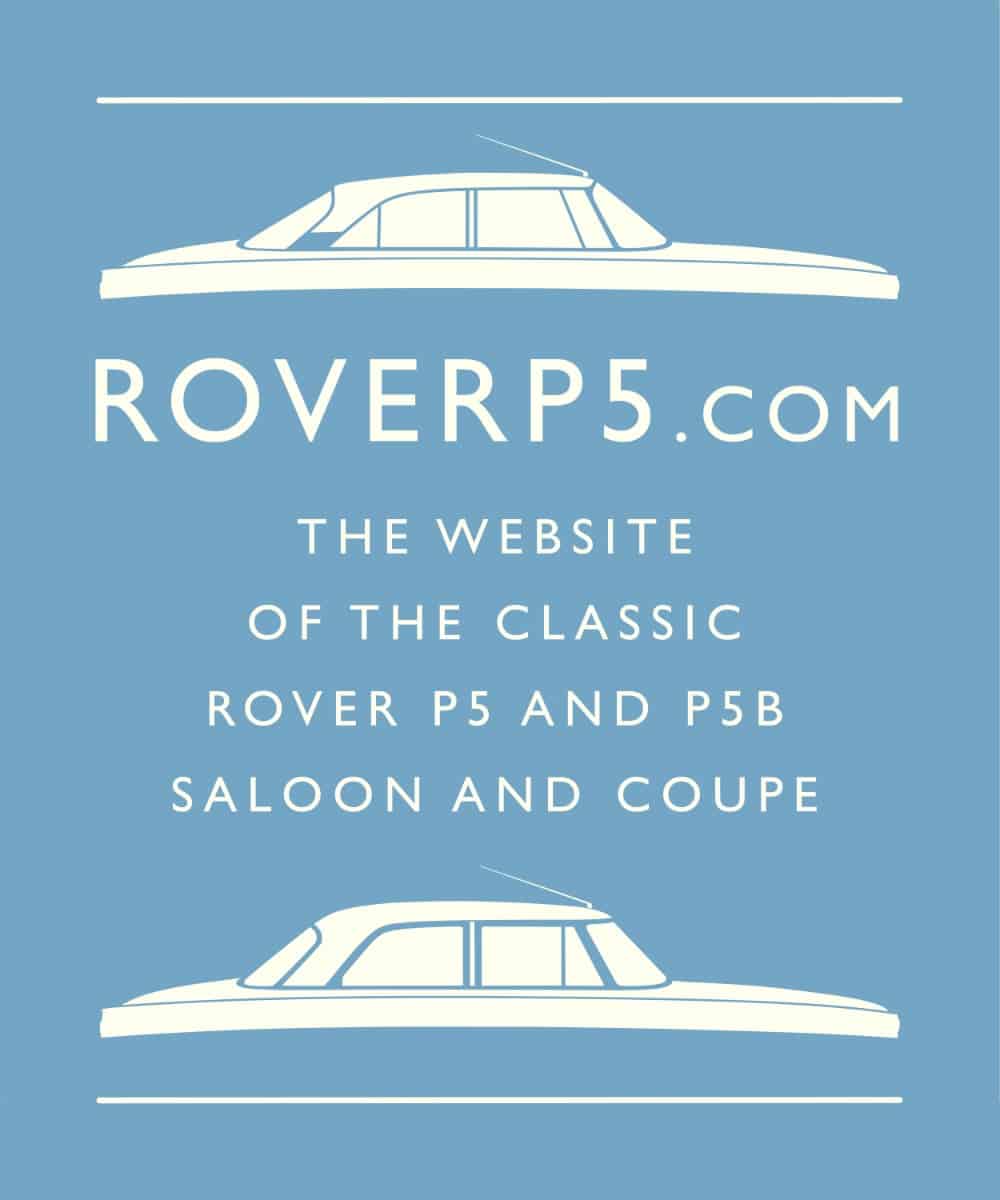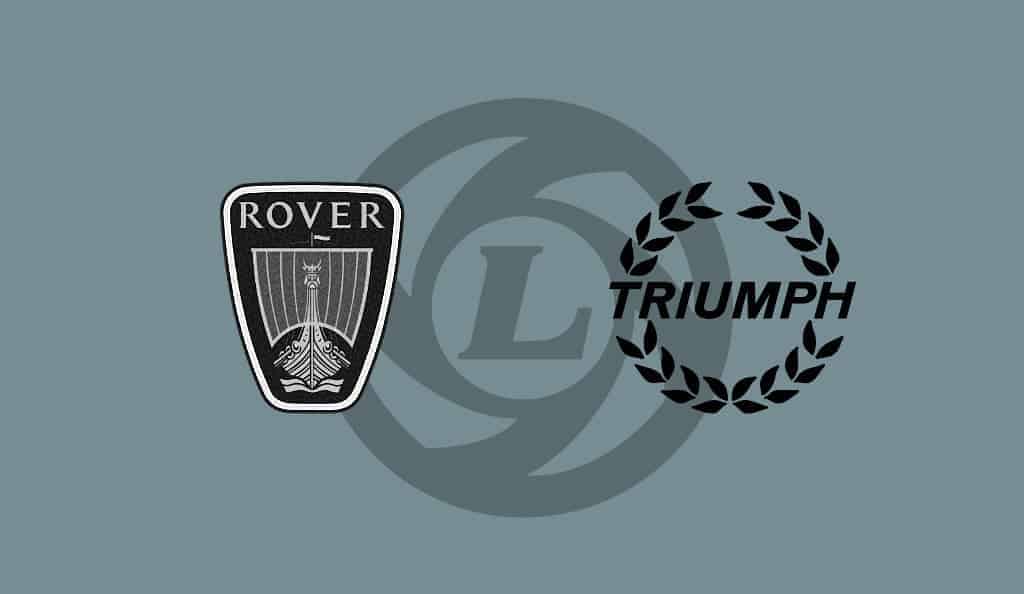Leyland-Rover-Triumph: Winners and Losers
Did B.L. make a fundamental error in choosing Rover as their leading brand in the early 1980’s, rather than choose Triumph? It’s an interesting question to consider, and one that has been raised on Driven To Write a few times.
The argument goes that of all the brands that constituted B.L. in the 1970’s and early 1980’s, Triumph was probably better-placed to lead a revival in the companies fortunes instead of Rover. Whilst both companies had a ‘premium’ image (long before that word meant much in the car market), by the late 1970’s Rover was a one-model company (the SD1, excluding the Land Rover / Range Rover which the market increasingly viewed as a separate company), and the SD1 had both failed to achieve B.L.’s over-inflated sales expectations and managed to turn success into defeat through serious quality issues, particularly in the early days. Triumph, however, still had numerous saloon and sports car models that were still well regarded, even though they were rapidly ageing and had been damaged by the Stag and Triumph 2500 fuel injection debacles.
I can certainly see some merit in this argument, particularly if you place yourself in the early 1970’s. Triumph covered a larger part of the market that the future would prove profitable in the longer-term, whereas Rover was further from the mass-market with potential overlap with Jaguar. Yet Rover was a profitable, long-established brand with a strong identity, and the company was viewed as being extremely well-run, whereas Triumph was less established, with a weaker identity and more overlap with the mass-market.
From as far-back as the late 1960’s there were voices within Leyland (John Barber in particular) that were arguing for the company to move increasingly upmarket, rather than fight in the volume market against Ford. Hindsight has shown this would have been an astute strategy. In this atmosphere, both Rover and Triumph were seen as being key assets in the companies future. This is backed-up by the model plans that were laid-out for both marques, with Rover being the flagship brand with the P8, P9 and Range Rover, and Triumph sitting just underneath in the premium volume segment. Triumph was still receiving investment, with new and updated models launched in the early 1970’s.
Once the Rover P8 and P9 were cancelled in the late 1960’s and early 1970’s (partly it’s believed under pressure from William Lyon’s who was very influential in protecting Jaguar), Rover was left with no future models. It would have been politically impossible for the company to allow Rover to disappear at this point, even if Land Rover was the most profitable part of the business. In this period it was becoming clear that B.L.M.C.’s performance was not improving as had been envisioned at the time of the merger – profits were largely flat. Economies had to be made, and Rover and Triumph were effectively merged. Rover was given SD1, and Triumph was given SD2.
As we know, whilst these models were being developed, events at B.L.M.C. took a marked downturn, leading to the effective nationalisation of the company in 1975. Some hard decisions had to be taken, and SD2 was at a disadvantage in having the greater overlap with other products (squeezed as it was between Rover and Austin/Morris). Once SD2 was cancelled, Triumph was effectively a marque with no future, with no prospect (in money or time) of developing replacement models.
So to argue that Triumph should have been chosen over Rover may make some theoretical sense, but in practice circumstances made this impossible. B.L. would have had to take decisions that went against basic common-sense at the time.
Even then, some odd decisions were made by B.L. in the late 1970’s. The TR7 was launched as a Triumph, even though (after the cancellation of SD2) it had no mainstream model to share components with. Why not launch the TR7 as an M.G. instead, as this would help solve M.G.’s future model problems. Perhaps the TR7 was too-near to launch to do this, or perhaps it was considered too controversial a step, given the strong followings each marque had?
Another odd decision: why launch the Acclaim as a Triumph, instead of a Rover? By the early 1980’s it seems very clear that Triumph had no future. Did B.L. still optimistically hold-on to hopes of reviving the marque? The Acclaim would have fitted-in below SD1, and as the launch of the Rover 200 would prove a few years later, the market would accept this. Perhaps at the time of the Acclaim’s planning it was considered too radical a step to move Rover so-far down market?
As always with the history of the British car industry, there are so many questions, ‘what-ifs’ and alternative paths that could have been taken. We will never know answers to much of this, but at least it provides us with something to consider on a damp Bank Holiday Monday in 2018.
So, Rover or Triumph? Obviously we know what happened with B.L’s decision to promote Rover over Triumph, but would things be different if Triumph had been chosen instead, no matter how unlikely a choice that would have been?


